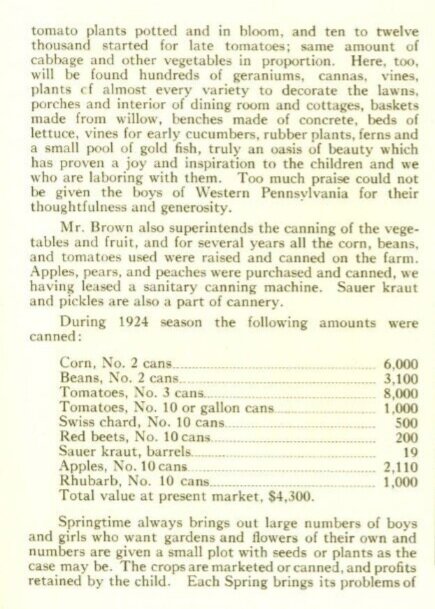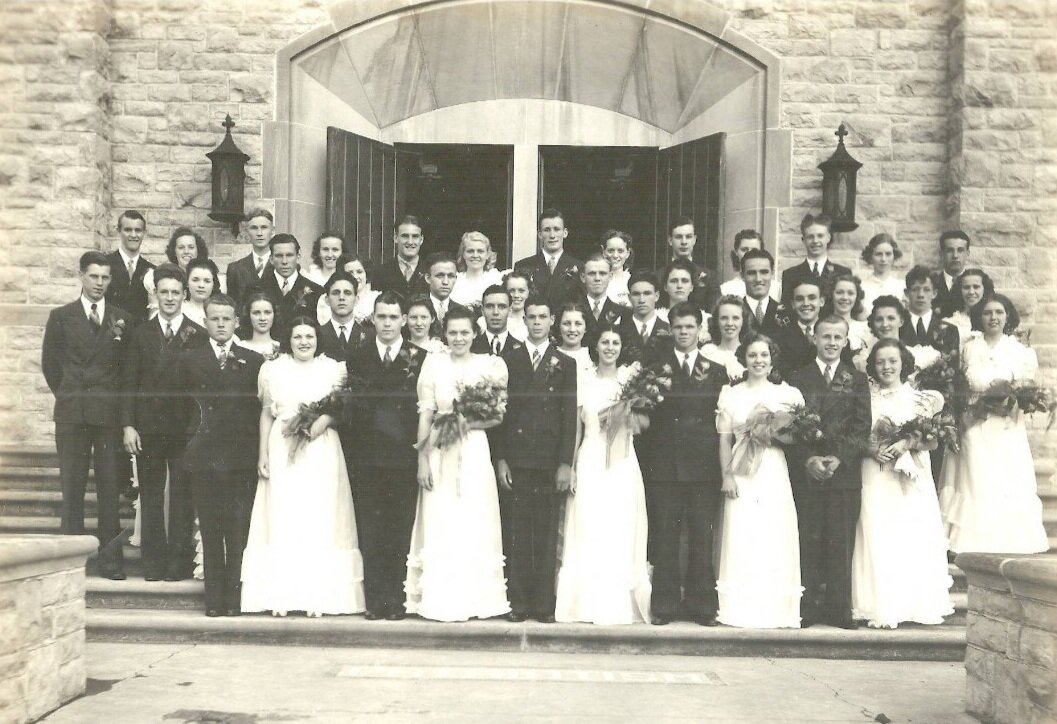By Emily Rinaman, Technical Services Librarian
At any given moment, someone is posting a photo of themselves or an update on something happening in his or her daily life. Perhaps he or she is even sharing photographs taken on a recent trip. But it's only been within the past couple of decades that personal news could be shared instantaneously in a visual form. Particularly at the end of the calendar year, "walls" on social media accounts are bombarded with holiday greetings -- a cheap way of reaching hundreds of acquaintances with just the click of a button.
Historically, it wasn't this easy, and our ancestors would never have dreamed of the modern conventions of sending sentiments to each other. Predating both the computer and telephone was the act of sending cards, a tradition slowly dying with each passing year.
Christmas is a popular occasion to "check in" with one's friends and family but letter writing was sometimes the only way of contacting someone in one's inner circle who lived far away.
When the United States first formed its postal service, it was fairly expensive to send long letters. Postcards became the equivalent to today's virtual post. The concept was the same--people shared a photo with a short message to quickly recap a recent event in which they were involved. And because a postcard was only one piece, at one time it cost as little as one penny to mail, regardless of the destination.
Within the Seneca County Digital Library there are almost 150 postcards that capture a variety of events and landmarks in Tiffin’s history, including the 1842 Seneca County fair, the 1880 courthouse, Riverview Park, Heidelberg University, Pioneer Mill, Shawhan Hotel, Oak Ridge Hotel in Green Springs, Tiffin Water Works, Koller's Store, the Carnegie library building, the old Columbian High School, the old Eagle's Home, the old post office (now the Civil War Museum), Indian Maiden statue, William Harvey Gibson statue, Junior Home, Louisa K. Fast Home, Meadow Brook Park, and street views of Market Street, Washington Street, Monroe Street, Sandusky Street, and Sycamore Street.
A postcard shows the extent of damage in Old Fort, Ohio, from the 1913 flood. Natural disasters were often commemorated in postcards in the early 1900s.
https://ohiomemory.org/digital/collection/p15005coll27/id/35353/rec/77
Additionally, there is an extensive collection of postcards with photos taken of the epic 1913 flood that ravaged Tiffin in April 1913. At this time, postcards were in their height of popularity (as evident in T-SPL's collection on the SCDL since most are dated between the late 1800s and early 1900s). Natural disasters was a common theme portrayed on postcards to document the destruction they caused. Therefore, Tiffin was not the only municipality to record a flood in the form of postcards; the 1908 Dallas flood being another example.
Around this time the concept of the greeting card was just beginning to form. Hallmark was founded in 1910 in Kansas City, Missouri, by none other than a postcard dealer, Joyce Clyde Hall. The company initially started out by selling postcards but by 1912 began to focus on cards with envelopes. Likewise, American Greetings began just four years earlier much closer to home in Brooklyn, Ohio, by Polish immigrant, Jacob Sapirstein. Another Polish immigrant, Louis Prang, is credited with bringing the concept of the Christmas card to America.
Postcards even served as the antique form of online surveys, as indicated by articles in the Tiffin Business University Messenger. Using the April 1930 issue as an example, one such article urges students to fill out a postcard they received in the mail with their course selections. Once the students returned the completed postcard to the university, the course descriptions were sent for the courses in which they decided to enroll. When I was attending Heidelberg University in the early 2000s, I had to wait in line at the registrar's office on an appointed day and hour to officially register for my courses. By that point the postcards were no longer used but I imagine that today, current students probably select their courses using an online portal.
A view of Washington Street looking south in the early 1900s. This postcard can be viewed along with many others (and images of the reverse sides) on the Seneca County Digital Library. https://ohiomemory.org/digital/collection/p15005coll27/id/30285/rec/54
The style of a postcard can be a telling indicator of its timeframe, something else deltiologists (postcard collectors) look for. If the postcard has a thin white border, it was probably produced prior to the 1930s. During this era, "linen" postcards developed and were eventually replaced by the modern photochrome (or shiny) postcards of the modern era.
According to Collectors Weekly, Deltiology, or postcard collecting, remains the third largest collectable hobby in the world, surpassed only by coin and stamp collecting. Halloween is actually the most sought-after holiday when it comes to postcard collecting. Other popular topics include crime scenes, train crashes, baseball, and early photos of a city.
In that case, one could say the Tiffin-Seneca Public Library is a deltiologist!
Works Cited:
The Art History Archive. “The History of Postcards". http://www.arthistoryarchive.com/arthistory/photography/History-of-Postcards.html
Collectors Weekly. “Antique and Vintage Postcards". https://www.collectorsweekly.com/postcards/overview
Merelli, Annalisa, “How the humble greeting card continues to thrive in the digital age”. December 23, 2016. https://qz.com/859706/the-history-of-christmas-greeting-cards-from-the-victorian-britain-to-the-internet/
Miller-Wilson, Kate. "Value of Old Postcards". https://antiques.lovetoknow.com/Value_of_Old_Postcards
Seneca County Digital Library. https://ohiomemory.org/digital/collection/p15005coll27/search
Smithsonian Archives. "A Postcard History". https://siarchives.si.edu/history/featured-topics/postcard/postcard-history
To view the postcards on the Seneca County Digital Library simply type “postcard” in the search box.























